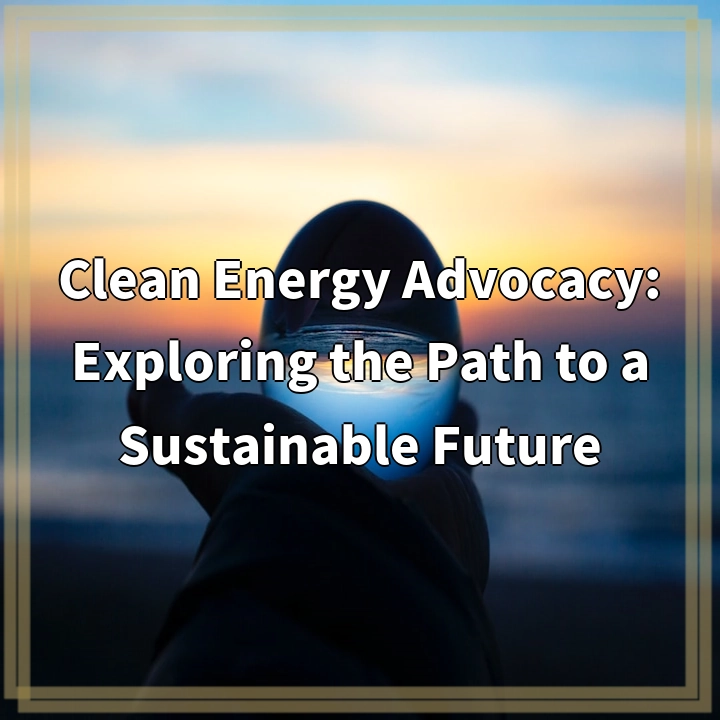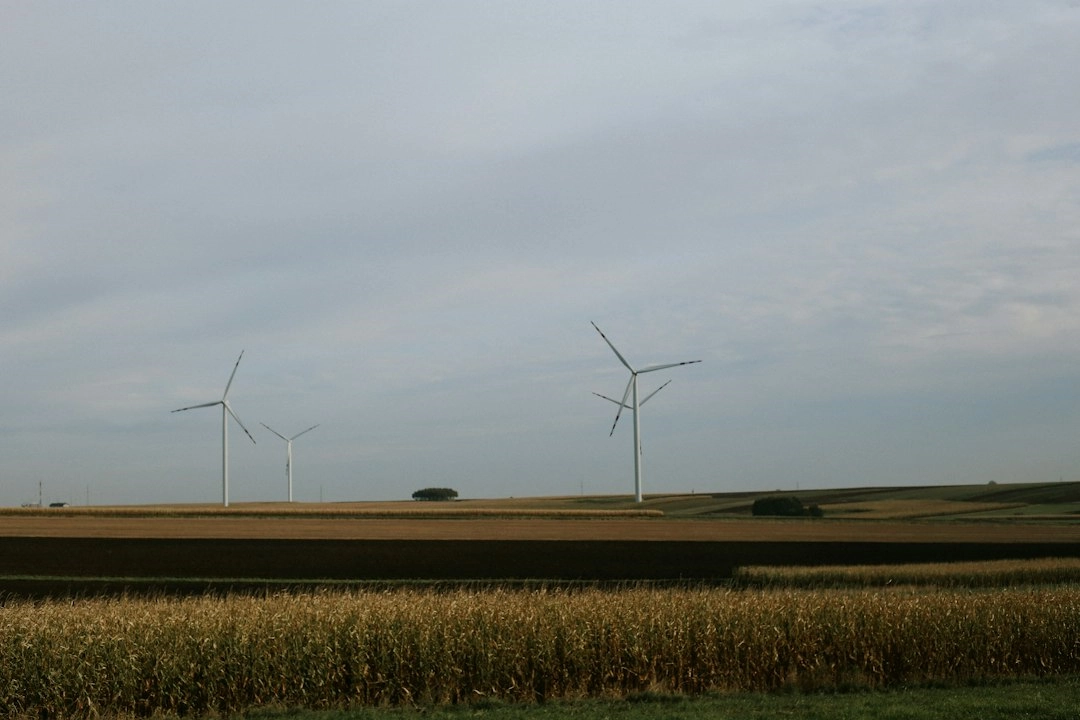
What is Clean Energy Advocacy?
Clean Energy Advocacy is a movement focused on promoting and accelerating the transition to sustainable, renewable energy sources. It involves raising awareness about the benefits of clean energy, advocating for supportive policies and regulations, and mobilizing individuals and communities to take action towards a greener future.
Real-World Problems Associated with Clean Energy Advocacy
1. Limited Investment
One of the key challenges facing clean energy advocacy is the limited investment in renewable energy projects. Despite the growing awareness of the need for clean energy, access to funding can be a significant barrier. Many investors still perceive renewable energy as risky or less profitable compared to traditional energy sources.
2. Resistance from Fossil Fuel Industries
The fossil fuel industry has a strong influence and economic stake in the current energy system. As a result, they often resist the transition to clean energy, impeding progress in adopting sustainable solutions. Lobbying efforts, funding campaigns against clean energy legislation, and spreading misinformation can hinder clean energy advocacy efforts.
3. Lack of Infrastructure
The transition to clean energy requires an extensive and efficient infrastructure to accommodate renewable energy generation and distribution. However, the existing grid infrastructure is predominantly designed for traditional energy sources. Retrofitting or building new infrastructure for clean energy can be costly and time-consuming, presenting a significant challenge for widespread adoption.
4. Socioeconomic Inequality
In many countries, disadvantaged communities bear the brunt of environmental pollution and the negative health effects caused by fossil fuel energy sources. Clean energy advocacy must address and rectify these socioeconomic disparities to ensure that the benefits of clean energy are accessible to all. This includes advocating for equitable access to renewable energy resources, job opportunities, and affordable clean energy solutions in marginalized communities.
5. Political and Policy Barriers
Political and policy barriers can hinder the progress of clean energy advocacy. Some policymakers may resist renewable energy initiatives due to potential impacts on established industries or the fear of losing jobs. Additionally, inconsistent or inadequate energy policies and regulations can create uncertainty and discourage investments in clean energy solutions.
6. Public Awareness and Engagement
Despite growing awareness of climate change and the need for clean energy, there can still be a lack of public understanding and engagement in clean energy advocacy. Educating and mobilizing the public to support and participate in clean energy initiatives is crucial for driving meaningful change.
Efforts to address these real-world problems associated with clean energy advocacy can help accelerate the transition to a more sustainable and clean energy future. By advocating for robust policies, increasing public awareness, and overcoming financial and infrastructure challenges, we can pave the way for a greener, healthier planet.

Solutions to the Problems in Clean Energy Advocacy
1. Increased Investment in Renewable Energy
Encouraging greater investment in renewable energy projects is crucial for advancing clean energy advocacy. This can be achieved through various means, such as implementing incentives and tax breaks for renewable energy investments, establishing green bonds, and fostering partnerships between investors and clean energy companies. Increased investment will not only drive technological advancements but also create job opportunities and boost the economy.
2. Overcoming Resistance and Fossil Fuel Influence
To combat resistance from the fossil fuel industry, it is essential to counter misinformation and educate the public about the benefits of clean energy. Additionally, advocating for transparent and favorable energy policies that promote renewable sources can help level the playing field. Building coalitions and engaging in constructive dialogue with stakeholders, including the fossil fuel industry, can also foster collaboration and facilitate a smoother transition to clean energy.
3. Developing Infrastructure for Clean Energy
To address the challenge of inadequate infrastructure, governments and private entities must invest in developing and upgrading energy grids to accommodate renewable energy sources. This includes modernizing transmission and distribution systems, promoting the construction of renewable energy storage facilities, and integrating new technologies, such as smart grids. Collaborative efforts between governments, energy providers, and technology companies are essential to overcome this obstacle.
4. Promoting Environmental Justice
To ensure equitable access to clean energy, clean energy advocacy must prioritize environmental justice. This involves targeting investments and initiatives in marginalized communities that have historically been disproportionately impacted by environmental pollution and lack access to clean energy resources. Supporting community-led initiatives, providing job training and opportunities in the clean energy sector, and offering affordable clean energy solutions can help bridge the socio-economic gap and ensure a just transition towards clean energy.
5. Influencing Energy Policies and Regulations
Advocating for comprehensive and supportive energy policies is crucial for overcoming political and policy barriers. This includes encouraging the adoption of renewable energy standards, establishing feed-in tariffs, and implementing energy efficiency regulations. Engaging and collaborating with policymakers, industry leaders, and advocacy groups can help shape effective policies and regulations that facilitate the transition to clean energy.
6. Enhancing Public Awareness and Engagement
Increasing public awareness and engagement is vital for the success of clean energy advocacy. Educating individuals about the environmental and economic benefits of clean energy can generate support and encourage individuals to adopt sustainable practices in their daily lives. Utilizing various communication channels, including social media, educational campaigns, community events, and public forums, can help create a broader movement for clean energy and drive meaningful change.
By implementing these solutions and addressing the challenges faced in clean energy advocacy, we can pave the way for a more sustainable and clean energy future. Collaboration among stakeholders, persistent advocacy efforts, and a commitment to environmental justice are key in driving positive change and achieving a greener planet for future generations.















